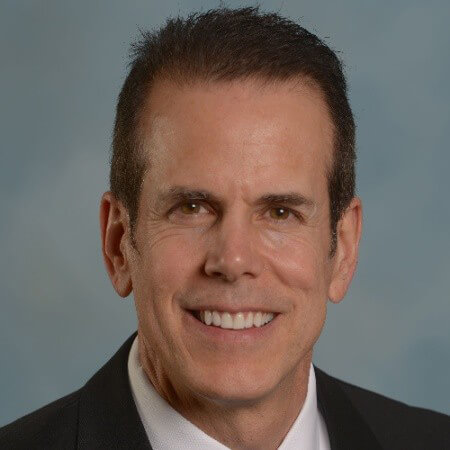How does the user define the level of simulation fidelity required to train operators or test control strategies?
When I describe to potential customers the use of the Virtual Plant / Control System using Mimic Simulation Software and the business benefits they may realize, I inevitably get the question: “How real is the response of the Mimic models to the real plant”. Not wanting to be a smart aleck, I have to resist the temptation to turn the question back around and ask them, “How real does it need to be?” However, in this case, the question is appropriate and timely when planning a dynamic simulation for operator training or automation system testing and development. Asking the question, “How real does the simulation need to be?”, will avoid turning the development of a practical plant operations tool into a research and development project. It will also avoid the problem of trying to use an inadequate model for learning the complexities of an integrated, sophisticated process.
In addition to material already posted on our website (see Understanding Simulation Fidelity), Greg McMillan has examined this topic in detail. Greg’s thoughts cover the key issues in this topic and I will refer to his points throughout this posting.
Too Real or Not Real Enough
Specifications asking for an overly high level of simulation fidelity are often submitted for bid on automation projects, resulting in wasted time and money. This is usually because the submitting engineer has confused the use and requirements of a steady-state design model with a dynamic model for operator training or control system development. In the former, a high level of fidelity is required to accurately perform the material and heat balance of the plant, in order to make informed decisions about process equipment sizing and selection. In the latter, a real-time, dynamic response that represents the complex interactions of the plant to disturbances and load changes is required. The goal of the latter is always not to duplicate the response of the process in complete accuracy but support tasks that bring the process into acceptable states, either by the control system or the operator.
On the other hand, there have been theories purported that successful operator training exercises can be conducted with simplified lower fidelity models. While I do not doubt that, in the full range of operator training exercises, some can be carried out with a simple model (some can also be carried out without an off-line control system for that matter) that does not diminish the value of a good dynamic simulation. An off-line Virtual Plant / Control System that looks, feels, and behaves, like the production plant and control system, is an indispensable tool for helping plant operators develop a sophisticated mental model. Simplified lower fidelity models will usually fall short of meeting the operational needs of most process plants.
Greg gives a 5-level definition of simulation fidelity based upon the task (or opportunity). He then gives a definition of the model characteristics for these 5 levels. Please note that in his definition, the highest level obtainable and recommended has the goal of “Control system set point optimization” with a definition of “process metrics …sufficiently accurate (e.g. 5%) to find optimums”. This definition is a great place to begin when planning a dynamic simulation. The user can easily correlate the goals of the use of the simulation to the model requirements using Greg’s definition. This approach will allow the user to develop a solution that blends the best combination of performance, cost, and time to market.
The Basis for Your Model
While the fidelity of model should be applied based upon the task at hand, there is really only one correct way to build the process models in a dynamic simulator. Process models should be designed and built based upon first principles thermodynamics and fluid mechanics. Historical data or other empirical data from the plant or plant design can (and should) be used to tune or correlate the first principles models to the installed response of the plant. However, if the model is built primarily based upon empirical data correlations, it will not handle process load changes and upsets in a realistic and repeatable manner. In a recent discussion with Greg McMillan, he concurred with this idea also. Dynamic simulations need to be built on the basis of first principles and not empirical data correlations alone.
As Real as It Needs To Be
In a perfect world the Virtual Plant / Control System used in operator training and control system development system would function and respond identical to the real process. In the real world we have to find a balance of time and money invested versus absolute simulation fidelity. There are some simple, practical guidelines that can be followed to achieve this balance.
- Virtual Control System – Use a control system simulator like Emerson’s DeltaV Simulate that uses the same operator graphics, alarms, control algorithms as the production control system. Don’t use emulated control system solutions proposed by some simulation vendors. Finally, don’t allow any additions or deletions to the control system configuration. Any sub-system simulation or operator training scenario controls should be in the dynamic simulation system.
- Virtual Plant – Use a dynamic simulation environment like Mimic that is designed for operator training and control system testing and development. The models in the dynamic simulator should be first principles, dynamic, and real-time. Also, the modeling environment should be easy-to-use and graphical so that building and maintaining process models does not require in depth knowledge of the simulation environment.
